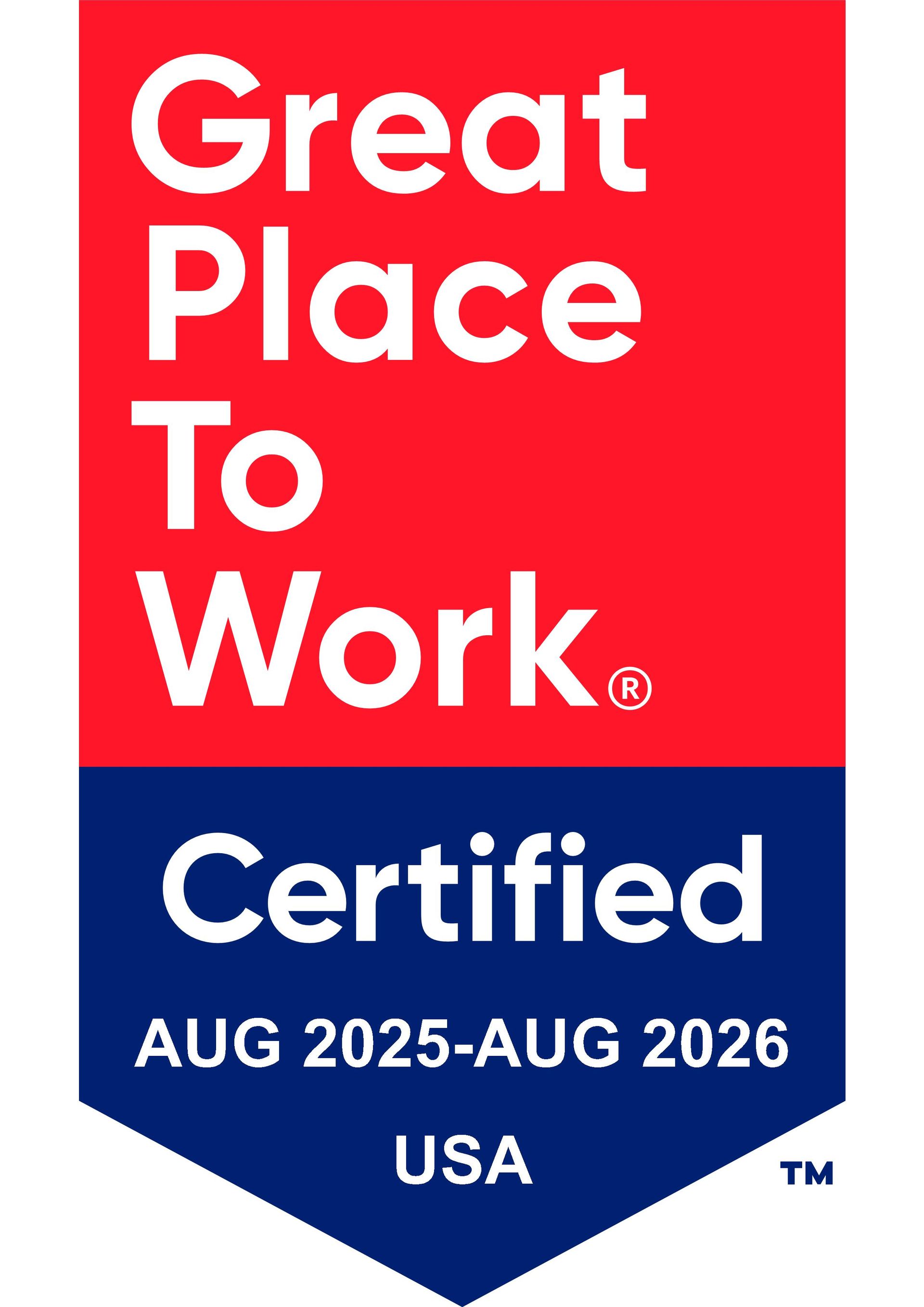
Self-Funded Insurance Plans: How to Save Costs on Benefits
28 May 2021
As we launch this fourth post in our ongoing Health Plan Cost Optimization series, it’s time to take a closer look at self-funded insurance plans. Whether a fully insured or level-funded insurance plan isn’t right for your organization, or you need more information to make your final decision, we hope you find this look at self-funded plans helpful.
Looking back to 2013, Insurance News Net reported that self-funded plans covered 59% of employees in the private sector. Perhaps spurred by the upcoming introduction of the Affordable Care Act (ACA) at that time, self-insurance has stuck and taken hold in the employee health insurance market.
In 2016, the Society for Human Resource Management (SHRM) noted that from 2013 to 2016, the number of small business employers—those with fewer than 100 employees—embracing self-insurance rose from 13.3% to 17.4%. Mid-size businesses with 100-499 employees rose from 25.3% to 29.2%.
Have you explored self-funded insurance yet to see if your small-to-medium-sized business might benefit from this health insurance strategy?
Let’s take a closer look at what self-funded insurance is and how you can leverage it to control your organization’s healthcare costs without compromising your employees’ essential healthcare needs.
WHAT IS SELF-FUNDED INSURANCE?
Also referred to as self-insurance, self-funded insurance is a plan where an employer takes on the costs and risks associated with their employees’ health plan. Employers understand the value of health insurance to ensure their valued employees’ well-being. Still, the ever-growing healthcare industry costs mean that HR teams and other organizational leadership members have needed to forge new paths in providing affordable insurance.
Essentially, self-insured employers pay for all claims out-of-pocket as employees present them to HR or another administrative team member, rather than having paid a pre-calculated and pre-determined premium to an insurance carrier for a fully insured plan. In these cases, employers who opt for self-insurance establish a special trust fund designated to pay for all incurred claims for employees as they receive them.
HOW MUCH RISK IS ASSOCIATED WITH SELF-FUNDED PLANS FOR EMPLOYERS?
As noted, employers who choose self-funded plans agree to pay for claims out-of-pocket, thus taking on some risk. But how much risk is there, and is it worth it for your organization to add more risk to your business?
Employers understand that there are risks involved when investing in this type of insurance. The fact is that it’s a gamble since one can never predict if an employee’s health costs might take on new dimensions due to a serious illness or injury. So, no matter whether claims are for routine doctor’s visitors or some catastrophic event or devastating illness, employers need to pay for the claims out-of-pocket and upon demand.
EMPLOYERS CAN EASE THE RISK THROUGH THE PURCHASE OF STOP LOSS INSURANCE
Fortunately for employers, there is a fail-safe solution to avert disaster if any employees suffer extensive illness or injuries that cause a massive bill for the employer. Stop loss insurance helps cover high-cost claims. Once the bill exceeds the standard threshold agreed upon between the employer and insurance carrier, the stop loss insurance kicks in to pay the rest.
Mass.gov and the state’s Division of Insurance advise small employers with fewer than 100 employees to use caution when thinking about using self-insured health plans, especially without the purchase of stop loss insurance to cover any excess amounts that could crush and decimate a smaller organization.
Further, employers cannot invade employees’ privacy and must abide by federal non-discrimination rules when using employer-sponsored health plans. That means that certain health factors—past, present, or future—about employees remain unknown to employers when taking on these plans. It’s like flying blind for small employers, and they have to trust that they know as much as possible to make a self-funded health plan a safe option for their business and employees.
But again, employers who feel the pull of a self-funded plan can find protection in stop-loss insurance.
HOW IS STOP-LOSS INSURANCE CALCULATED?
There are actually two types of stop-loss insurance—specific and aggregate.
Specific stop-loss insurance focuses on reimbursing a self-funded group with only one large and unanticipated claim for a single employee.
Aggregate stop-loss insurance returns funds for a group when the overall claims exceed a certain figure, usually somewhere in the neighborhood of 125% of anticipated claims. Often variable plans, aggregate stop-loss insurance is variable and allows for fluctuations. Per Investopedia, “the threshold fluctuates as a percentage of an employer’s enrolled employees.”
Ultimately, a small business employer might pay 25% of its maximum costs to cover any unforeseen illnesses or injuries.
While it may sound complex and expensive, most employers might need to pass on self-insured plans without the stop-loss option because no one can predict when a catastrophic health event might strike an employee, thus putting the company at risk.
Best of all, we can help self-fund employers who have as few as 20 employees. Over the past decade-plus, stop-loss insurance carriers have relaxed regulations. As long as a company is healthy, self-funding paired with stop-loss insurance is a viable insurance solution.
WHAT IS A TPA?
A third-party administrator (TPA) is the company that carries out operational processes, such as claims processing and employee benefits management for an employee benefit plan. TPAs work with the insurance company and self-insured business since both parties often outsource their claims processing duties.
Additional services a TPA might provide include:
- Collecting premiums
- Contracting for PPO services
- Providing utilization review of claims
- Anything else that helps the self-funded employee benefit plan run smoothly
- Helping to prevent the HR team from seeing claim activity and inadvertently violating HIPAA law.
WHAT ARE THE BENEFITS OF A SELF-FUNDED INSURANCE PLAN?
Now that you know what a self-funded insurance plan is and the associated risks, you probably want to get to the reasons why it might work well for your business. Take a few moments to learn about the benefits of a self-funded insurance plan.
LOWER FIXED COSTS
With self-funding, you’ll benefit from the fixed costs available to your business to operate your plan. With fewer sunk costs than traditional fully insured plans, you and your plan’s sponsors can easily operate the plan and have access to more available dollars to use for the benefit of your employees and their families.
FEWER ADMINISTRATIVE EXPENSES
You might think that using a TPA would cost more than your in-house HR team to administer your self-insured plan, but that isn’t the case. Employers frequently find that it is less expensive to engage a TPA since the cost is included in the premium by the insurance carrier or HMO.
FASTER CLAIMS ADMINISTRATION
Your in-house HR and benefits team is busy juggling various matters for your employees, and everyone might wonder how to get everything done to attend to employees’ needs properly. With a self-insured plan, employers have come to appreciate that TPAs offer quick and efficient claims processing services. Further, TPAs prioritize an electronic enrollment option, providing ID cards for new employees in the plan within 72 hours of the request, ensuring that all employees obtain coverage, no matter how new to your business your new hires are.
IMPROVED CASH FLOW FOR EMPLOYERS
The money you once paid the insurance carrier to hold in reserves becomes free for you to use with self-funded insurance. Again, with your carried risk, you benefit from paying only for costs out-of-pocket per accrued claims.
ABILITY TO RENT A NETWORK
Employers can rent a network with self-funded plans to make the administrative piece for employees easier, mirroring the process they see when under a fully-insured plan. With this path, your HR team for self-funded plans will have next to no administrative work to do, especially when you rent a network, which most self-insured employers do.
MORE CONTROL OVER YOUR HEALTH PLAN
With an ever-changing workforce, especially from one generation to the next, you need a plan that better represents your diverse range of employees and their special health-related needs or fewer healthcare requirements. You have the flexibility and the choice to design the plan that works best for everyone, and you can redesign your plan at any time.
WHY DO EMPLOYERS CHOOSE SELF-FUNDED PLANS?
The myriad benefits listed alone make the idea of self-funded plans appealing to today’s organizational leaders.
A few reasons employers embrace self-funded insurance plans include:
- Employers aren’t hemmed into a one-size-fits-all health plan that neglects the generational shifts in the workplace.
- Employers maintain control over healthcare reserves and can maximize the interest-based income that would otherwise stay in the bank account of the insurance carrier.
- Employers only pay for employee claims once received through the TPA, allowing for improved cash flow.
- Employers are not subject to conflicting state health insurance regulations or employee benefits mandates since federal law (ERISA) regulates self-funded health plans.
- Employers do not have to pay state health insurance premium taxes, which cost an average of 2-3% of the plan’s premium dollar value.
- Employers can choose to contract with providers or provider networks that offer the best available options for employees’ healthcare needs.
DOES IT SOUND LIKE A SELF-FUNDED INSURANCE PLAN IS RIGHT FOR YOUR ORGANIZATION?
What do you think about this latest option to help optimize your organization’s health insurance costs? Does it sound like a risk worth taking? Do you think your employees will benefit? Is your business too small or big to enjoy the maximum benefits?
Like any employee health insurance plan, it’s a lot to consider. Our team at KBI Benefits can discuss the finer points of a self-insured plan and what one might look like, and how it would operate in your business. Contact us today using our online contact form or calling us at
408-366-8880 for more information.
In the meantime, our cost-saving mission hasn’t ended yet, so stay tuned for our next and final blog post in this series!
Additional Resources:
- https://insurancenewsnet.com/oarticle/MedCost-Finds-Employers-Are-Turning-To-Self-Funded-Health-Plans-As-Affordable-Al-a-388205
- https://www.shrm.org/resourcesandtools/hr-topics/benefits/pages/self-insurance-aca.aspx
- https://www.hcaa.org/page/selffunding
- https://www.mass.gov/service-details/consumer-alert-beware-of-the-risks-in-self-funded-health-plans
- https://www.investopedia.com/terms/a/aggregate-stop-loss-insurance.asp
- https://www.investopedia.com/terms/t/third-party-claims-administrator.asp
- https://www.accountingtools.com/articles/what-is-a-sunk-cost.html
- https://www.dol.gov/general/topic/retirement/erisa




